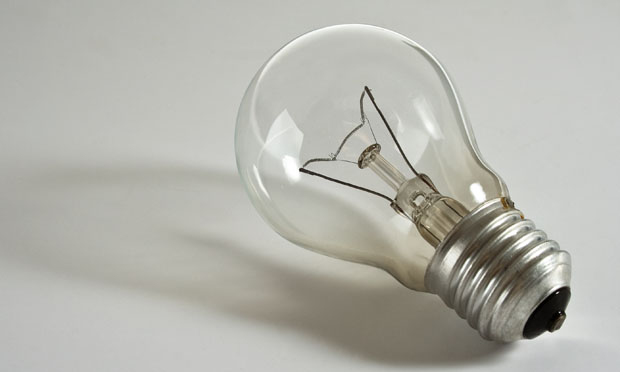Current LED lamps are five times more efficient than incandescent lamps and have a much longer lifespan than compact fluorescent light bulbs. To evaluate a product’s true efficiency, however, its entire life must be taken into consideration, from manufacture through disposal.
The 2009 OSRAM Opto Semiconductors study, “Life Cycle Assessment of Illuminants: A Comparison of Light Bulbs, Compact Fluorescent Lamps and LED Lamps,” compares the environmental performance of incandescents, compact fluorescents and LEDs.
The study examined the energy required for each product over its entire lifespan, including raw material production, manufacture and assembly, transportation, use, and disposal. Also examined were environmental impacts such as resource depletion, human toxicity, and greenhouse-gas generation. The report’s conclusions include:
- Current-generation LED lamps need less than 2% of their energy consumption for their manufacture; the remaining 98% is turned into light.
- LED lamps use 80% less energy than incandescent lamps over their lifetime.
- LED lamps’ impact on the environment is consistently less than that of incandescent lamps.
- Worldwide, lighting accounts for approximately 19% of electricity consumption, corresponding to 2.4% of energy consumption. Replacing incandescents with LEDs would theoretically reduce global electricity consumption for lighting by 50%.
The authors note that as the efficiency of LED lamps increases in the future, they will be capable of achieving even greater levels of efficiency.
A related report, “The Elephant in the Living Room: How Our Appliances and Gadgets are Trampling the Green Dream,” looks at home energy-consumption trends. The report, produced by the United Kingdom’s Energy Saving Trust, is based on long-term monitoring of 240 demographically diverse households to understand current power consumption, consumer attitudes and the long-term outlook.
Tags: global warming, technology, greenhouse gases, conservation


Expert Commentary